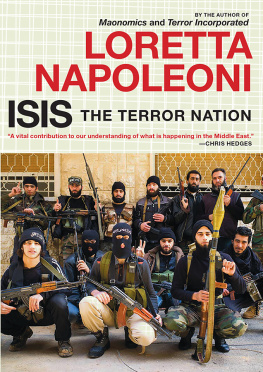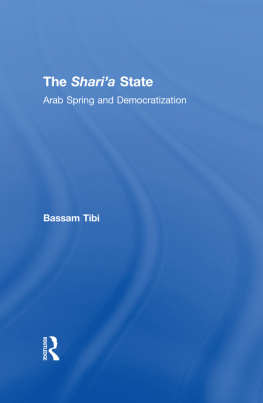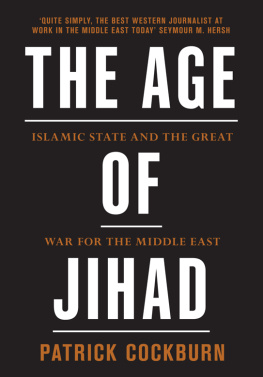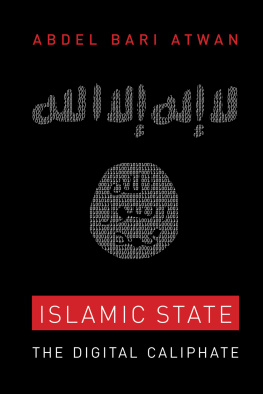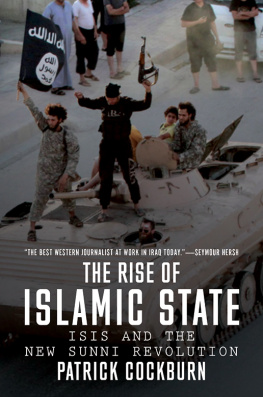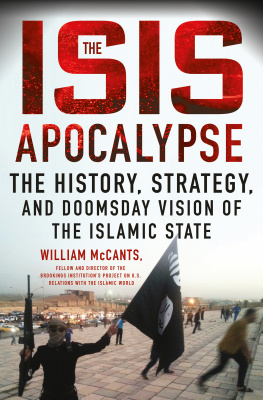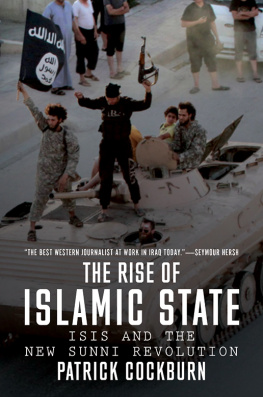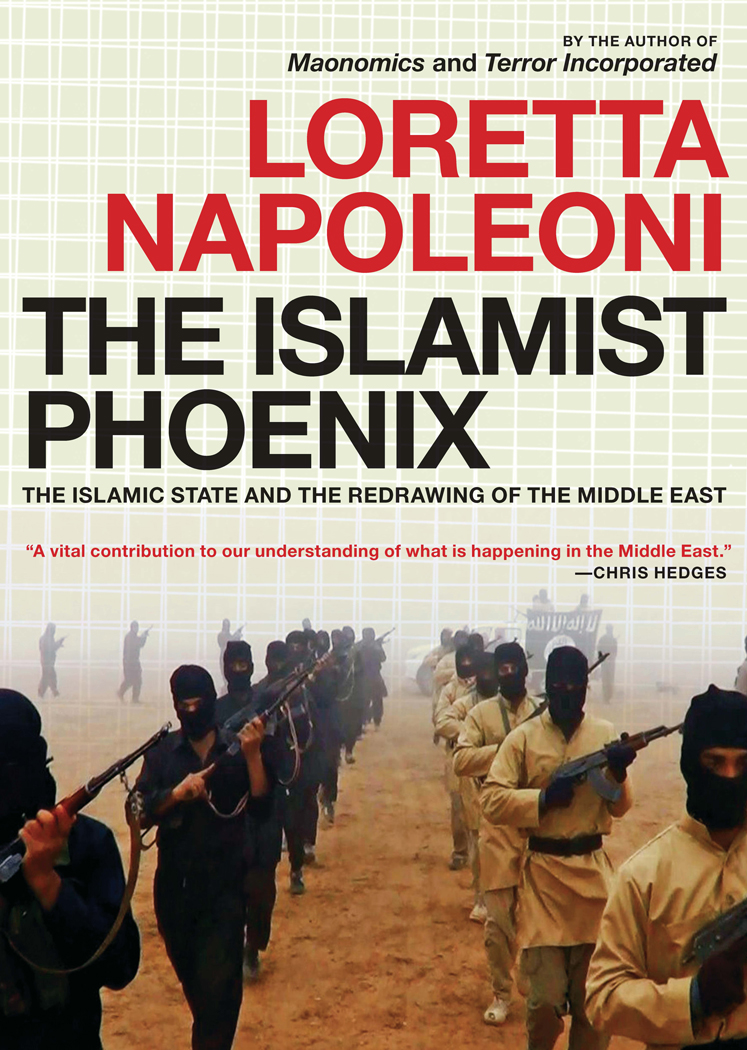THE ISLAMIST PHOENIX
THE ISLAMIST PHOENIX
The Islamic State and the Redrawing of the Middle East
LORETTA NAPOLEONI
Seven Stories Press
New York / Oakland
Copyright 2014 by Loretta Napoleoni
A Seven Stories Press First Edition
All rights reserved. No part of this book may be reproduced, stored in a retrieval system, or transmitted in any form or by any means, including mechanical, electronic, photocopying, recording, or otherwise, without the prior written permission of the publisher.
Seven Stories Press
140 Watts Street
New York, NY 10013
www.sevenstories.com
College professors may order examination copies of Seven Stories Press titles for free. To order, visit http://www.sevenstories.com/contact or send a fax on school letterhead to (212) 226-1411.
Book design by Jon Gilbert
Library of Congress Cataloging-in-Publication Data
Napoleoni, Loretta.
The Islamist phoenix : Islamic State and the redrawing of the Middle East / Loretta Napoleoni.
pages cm
ISBN 978-1-60980-628-6 (pbk.)
ISBN: 978-1-60980-629-3
1. IS (Organization) 2. Middle East--History--21st century. 3. Islamic fundamentalism--21st century. 4. Terrorism--Middle East. I. Title.
HV6433.I722I8563 2014
956.054--dc23
2014038288
Printed in the United States
9 8 7 6 5 4 3 2 1
To Giuseppe
Thank you for your support
CONTENTS
NOTE ON TERMINOLOGY
The rise to power of the armed organization that in June 2014 took the name Islamic State has been swift and, until recently, largely undetected. In recent years this group has frequently changed its name. Originally part of Abu Mussab al Zarqawis organization Tawhid al Jihad , it later became the Islamist State in Iraq (ISI), which eventually merged into al Qaeda in Iraq. In 2010, when Abu Bakr al Baghdadi became its leader, the group reverted to its former appellation the Islamic State in Iraq. In 2013, following its merger with a section of J abhat al Nusra , a Syrian jihadist group affiliated with al Qaeda, the organization renamed itself Islamic State in Iraq and the Levant (al Sham), better known by the acronym ISIL or ISIS. Finally, just before the declaration of the Caliphate, ISIS became the Islamic State. In Syria, however, right from the beginning, and today in Iraq also, the group has been known simply al Dawlat , the State.
Each new term corresponds with major developments and important changes in the life of the organization. As such, the semantics of the Islamic State constitute one additional piece of the Middle Eastern political puzzle that the West and the world are trying to put together.
The name al Tawhid al Jihad , often translated as Monotheism and Jihad, conveys a sense that God is everything and everywhere; life can exist only within His rule. Accordingly, Muslims consider the original Islamic State, the first Caliphate, the seventh-century creation of the Prophet Mohammed and his companions, a perfect society ruled by divine mandate. In short, it was the political expression of the will of God. Today, the trademark gesture of al Tawhid, the thrusting of ones index finger to the sky, has become the all but official salute of the contemporary Islamic State.
The transition from al Tawhid al Jihad to the Islamic State in Iraq coincided with the efforts of al Zarqawis armed group to focus on Iraq, to confine its jihad to this country, as a launching pad to re-establish the Caliphate. In similar fashion, al Baghdadis decision to add the words al Sham, the ancient Arabic denomination of Damascus and surrounding territories, from which some of the first Caliphs ruled, represents a step forward from his predecessor and marks the beginning of a cross-border effort to achieve the organizations final goal: the reconstruction of the Caliphate.
The birth of the Islamic State, the newest name taken by ISIS, just a day before the declaration of the establishment of the Caliphate, signifies a major new stage of nation-building, the process of recreating the circumstances that in the seventh century led to the establishment of Islams ideal society.
Today, Western media and politicians use various designations to describe the armed organization led by al Baghdadi. The White House and Downing Street use ISIL, while the US media prefers ISIS. PBS, however, favors the Islamic State, while some in the Australian media have adopted the terminology Islamic State Group, to avoid giving the impression that it is a state instead of an armed organization. Overall in English, the acronymic ISIS and ISIL sound better than IS, hence their popularity. The reluctance of politicians to use the word state springs from the fear of accepting, if only with a word, the claim of the Islamic State to be not a terrorist organization, but a state legitimized by a war of conquest and internal consensus.
In the course of this book I have used the term Islamic State because this is how the group has most recently defined itself and likely how it will continue to be known. It is my opinion that the term Islamic State carries a much more realistic message to the world than does ISIS or ISIL. This message conveys the groups determination to succeed at building the twenty-first-century version of the Caliphate. Using less precise acronyms for propaganda reasons, for example, to hide the true nature of the Islamic State, will not help us face the current threat. On the contrary, it will most likely, yet again, prevent us from developing an ad hoc strategy to bring peace once and for all to the Middle East.
Footnotes:
INTRODUCTION
For the first time since World War I, an armed organization is redesigning the map of the Middle East drawn by the French and the British. Waging a war of conquest, the Islamic State (IS), formerly known as the Islamic State of Iraq and the Levant (al Sham), ISIL or ISIS, is erasing the borders that the Sykes-Picot Accord established in 1916. Today the black and gold flag of IS flies across a territory larger than the United Kingdom or Texas, from the Mediterranean shores of Syria well into the heart of Iraq, the Sunni tribal area. Since late June 2014, this region has been known as the Islamic Caliphate, a designation that had previously ceased to exist with the dissolution of the Ottoman Empire at the hands of Ataturk in 1924.
In the Islamic State, as in al Qaeda before it, many Western observers see an anachronistic organization that seeks to turn back the clock. Indeed Syrian and Iraqi refugees have described its rule as indistinguishable from that of the Taliban regime. Posters forbid smoking and the use of cameras; women are not allowed to travel without a male relative; they must be covered up and cannot wear trousers in public. At the same time, the Islamic State seems engaged in a sort of religious cleansing through aggressive proselytization. Residents of its territory who do not flee must adopt its radical Salafist creed or face execution.
Since his ascent to the global stage, IS leader and Caliph Abu Bakr al Baghdadi has drawn comparisons to al Qaedas Mullah Omar. Ironically, these comparisons may well have led Western intelligence to underestimate him and his organizations strength. Despite its seemingly medieval approach to legality and social control, to deem the IS essentially backward would be mistaken. While the world of the Taliban was limited to Koranic schools and knowledge based upon the writings of the Prophet, globalization and modern technology have been the incubator of the Islamic State.
What distinguishes this organization from all other armed groups that predate itincluding those active during the Cold Warand what accounts for its enormous successes is its modernity and pragmatism. Its leadership shows an unparalleled grasp of the limitations facing contemporary powers in a globalized and multipolar world. For example, IS sensed, before most others had, that joint foreign intervention of the sort that occurred in Libya and Iraq would not be possible in Syria. Against this backdrop, the Islamic States leadership has successfully exploited to its own advantage, and almost unobserved, the Syrian conflicta contemporary version of the traditional war-by-proxy with plenty of sponsors and armed groups . Seeking a regime change in Syria, the Kuwaitis, Qataris, and Saudis have been willing to bankroll a plethora of armed organizations, of which IS is only one. However, instead of fighting its sponsors war by proxy, the Islamic State has used their money to establish its own territorial strongholds in financially strategic regions, like the rich oilfields of Eastern Syria. No previous Middle Eastern armed organization has been able to promote itself as the regions new ruler using the money of its rich Gulf sponsors.


